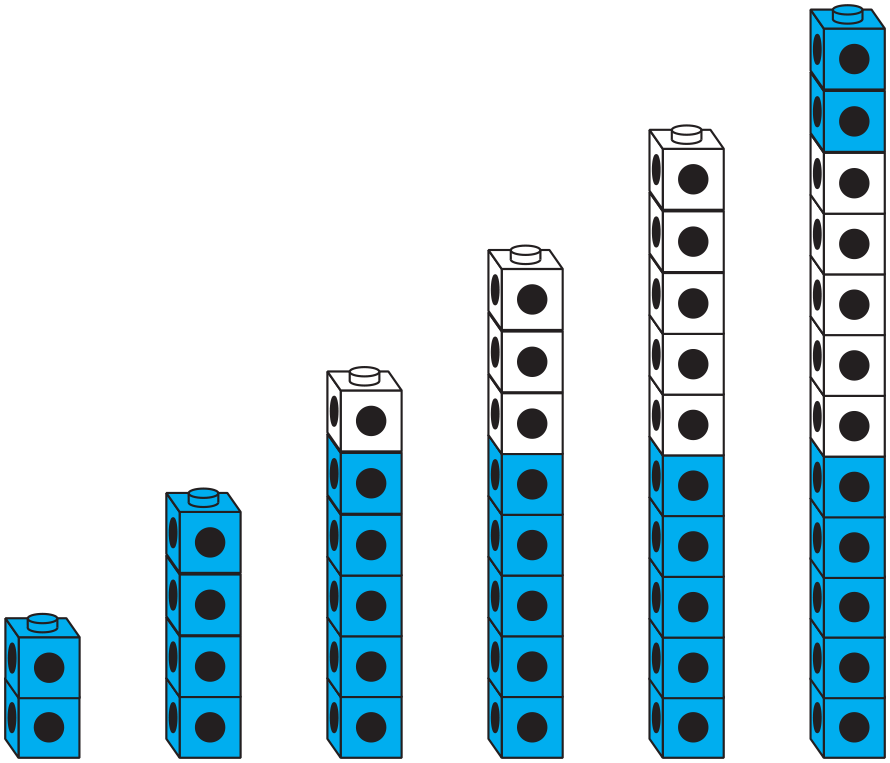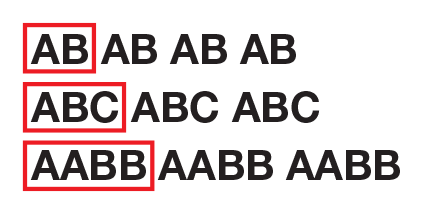Students identify, describe, and extend growing patterns represented with number lines and connecting cubes.
Content in this Lesson
- Counting by two, fives, and tens [E1].
- Identifying, describing, and extending growing patterns on the number line [E4].
- Representing patterns using objects, pictures, number lines, and symbols [E6].
- Identifying odd and even numbers.
Assessment in this Lesson
| Assessment | Expectation Assessed |
|---|---|
|
Add to the Pattern with Feedback Box Student Activity Book Pages 255–256 |
|

















